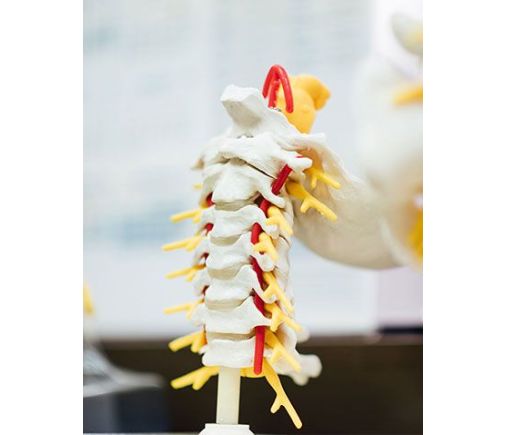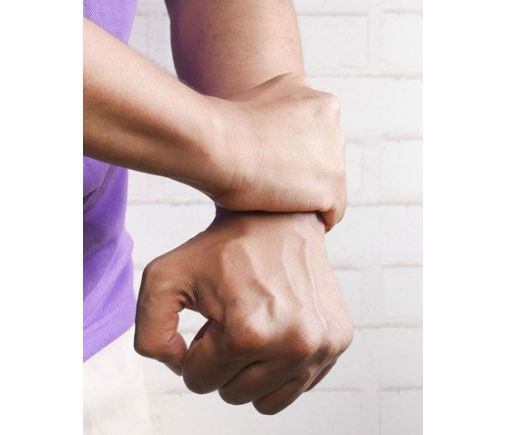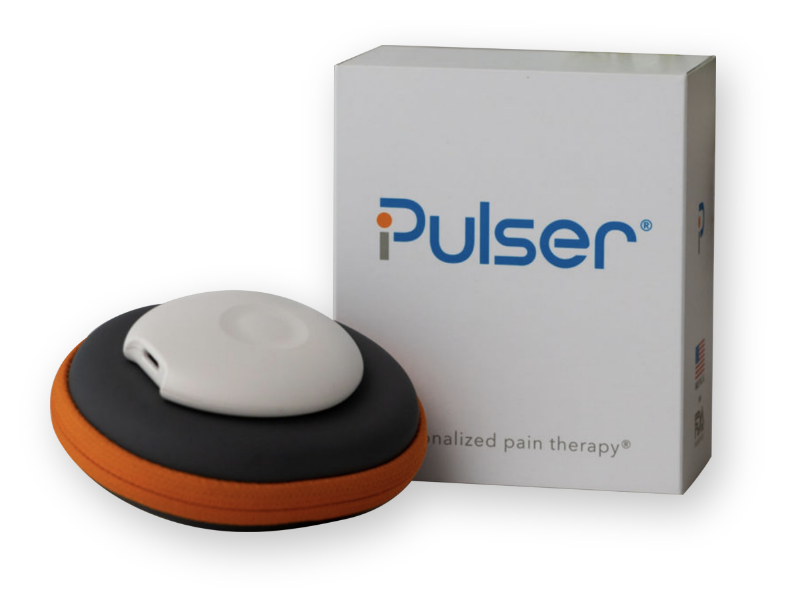If you have Temporomandibular joint (TMJ) syndrome, you know it can be very uncomfortable and make it hard to chew or talk. Those that have TMJ pain or tenderness usually experience it in the jaw area, especially in the TMJ joint itself. While some practitioners will excuse away that TMJ is even a real condition, there’s research showing that emotional factors like stress, anxiety, fear, anger, and frustration play a large role in contributing to the pain you feel The good news is there are many different things you can try to help manage the pain.
What Triggers TMJ?
TMJ pain can be all-encompassing, as every single action you make with your jaw can end up in misery. Finding out what triggers TMJ can be tricky, as different people can have many other root causes. Working with a qualified medical provider may help you narrow down your specific triggers. Teeth grinding, stress, and food allergies, can affect the TMJ joint, causing a flare-up of pain. One of the biggest causes of TMJ is actually caused by our reaction to different emotions: when we are under stress during the day, we clench our jaws; at night, we grind our teeth if we are anxious; and when we are in fear we can often find ourselves holding our jaws tight. Finding out what specifically triggers your TMJ can be huge in helping you to manage the pain and the symptoms.
What Helps With TMJ Flare-Ups?
While you work on the triggers, you may wonder what you can do to help with the TMJ flare-ups. Avoiding hard or chewy foods, taking over-the-counter pain relievers, applying heat or ice to the affected areas, and trying to relax your facial muscles can all be helpful when you’re in the midst of a flare-up. In general, flare-ups can last from a couple of days to several weeks. Fortunately, there are things you can do to help manage the pain and inflammation from flare-ups.
What Does TMJ Pain Feel Like?
If you’re someone that has TMJ, you may have one or more of these symptoms: jaw pain, clicking and popping, stiff or sore jaw muscles, or locking of the jaw joint. The pain is often felt in the jaw joint where the bones, ligaments, and tendons meet but can also manifest as headaches as well, especially when the patient is grinding or clenching the teeth.
The pain can be all-consuming, as you use your jaw many times a day to eat, smile, laugh, drink, and talk. It can be miserable when you’re dealing with this type of discomfort and make it hard to feel relaxed.
How Do You Relieve TMJ Pain Fast?
When you’re in the middle of a flare-up, you want to relieve the pain as quickly as possible. Some of the best things you can do to help get relief are maintaining proper jaw positioning (especially while resting), sitting with a correct posture, limiting stress, getting a good night’s sleep, and heating or icing the area.
Another thing you can try are jaw exercises and stretches to relieve the pressure. Also, taking oral over-the-counter pain medication can also help reduce swelling and symptoms.
How Do You Relieve TMJ Pain Naturally?
If you’re looking for natural pain relief from TMJ, there are many things you can do to try to help ease the suffering. Seeing a chiropractor regularly can help get the jaw into the proper position, and performing exercises can help keep the jaw in the correct position. Wearing a bite splint or mouth guard at night can not only help with grinding your teeth, but it may also help prevent TMJ pain. Oral arnica, applying heat and ice, and listening to meditations and practicing mindfulness can also help relieve TMJ pain naturally.
How Do You Relax Your Jaw With TMJ?
There are targeted stretches and exercises you can do to help relax your jaw, which can help relieve some of the TMJ pain and symptoms. What are some of the remedies you can do to relax your jaw?
- Manually massaging the TMJ area can help reduce muscle tightness while increasing blood flow to the area. Rubbing the affected area in a circular motion can be done several times a day, as needed. Massaging after a heat pack has been placed is an excellent way to help the muscles stay relaxed.
- Manual jaw-opening exercise can be done by starting with smallmouth opening exercises. Then place your fingers on the middle four bottom teeth. Pull slowly on your jaw until you feel a slight discomfort, making sure to not go too far. Hold this position for 30 seconds, then slowly release your jaw back into a normal resting position.
- Jaw joint stretch can help stretch the muscles of the neck and jaw. Put the tip of your tongue on the roof of your mouth directly behind your top teeth but don’t allow them to touch. Use your tongue to apply gentle pressure while slowly opening your mouth. Open as wide as you can, and then slowly close it shut. Repeat up to 10 times as long as the exercise isn’t causing you any discomfort.
- Smile stretching helps to eliminate stress in the neck, jaw, and facial muscles. Smile as big as you can without feeling pain or tightness. While holding the smile, open your jaw as much as you can while inhaling deeply through your mouth. Exhale while letting go of the smile and repeat up to ten times.
When performing the exercises, it’s important not to push your jaw too much, so you don’t cause physical damage to your body. If you get to a point where it’s causing more pain, you want to stop performing the exercises.
Where To Massage For TMJ Pain?
When massaging for TMJ pain, it’s important to rub the right area to relieve your discomfort. First, locate the mandible muscle and then apply constant, gentle pressure to the area. You can also locate the masseter muscles in your lower jaw and then massage this area using a circular motion.
How Do You Release The TMJ Joint?
Performing the TMJ exercises can be helpful to release the TMJ joint, alleviating a lot of pain. Some of the best exercises are relaxed jaw exercise, chin tucks, resisting opening of the mouth, resisting closing of the mouth, and forward jaw movement. Using these exercises to release the TMJ joint can be very helpful in managing the pain as well.
Reducing TMJ pain is possible using these tips and tricks. While the pain can be lessened, it’s a good idea to uncover the root cause and resolve that issue. This could mean working through the issues in your life that are causing you to clench your jaws. TMJ pain doesn’t have to consume your life.
Resources:
https://www.raleightmjandsleep.com/what-causes-tmj-to-flare-up-raleigh-tmj
https://www.medicinenet.com/temporomandibular_joint_syndrome_tmj/article.htm
https://www.healthline.com/health/tight-jaw
https://www.colgate.com/en-us/oral-health/temporomandibular-disorder/tmj-massage-to-relieve-jaw-pain








